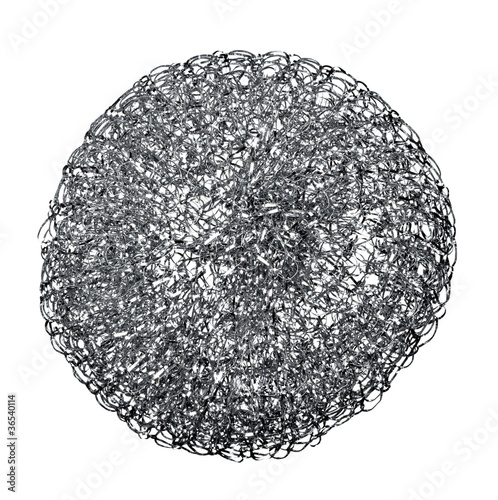There are little and big hurdles, when it comes to modern bartending. Most bartenders, bar operators, managers [...] are not aware, that a new approach in the bar just need consistent new tricks and hacks to be not too time consuming.
Unfortunately I feel often a bit left alone, when it comes to "develop" these hacks. Some of these hacks are discovered purely by luck, some are based on research and some or just common sense.
Homemade liqueurs, infusions, syrups, need adequate and pretty containers. Honestly, it is pretty dumb, to buy those - as so many bottles are used and most are definitely useable. From wine bottles over to liqueur bottles and not ending with liquor [whisky, gin, vodka you name it] - after a bottle is emptied, the usual way is the dumpster. But this is not only a waste but also bad for the environment.
BUT - the big issue of reusing bottles are labels. My previous method was tedious - soaking bottles in water, stripping the labels [a fleck at a time], scratching the rest of the paper. But then there was still the glue, which sticked and looked just ugly.
I tried it with turpentine substitute - but it helped only very little to take of the glue - but didn't at all made the whole process easier - oil [a tip of the net] was also not really working.
The next [and definitely significant] improvement was a wire [metal] sponge. It didn't really helped with the glue, but with a little bit elbow grease, the paper was removing easier.
One time, I had by coincidence WD-40 on the desk. It was also a tip from the net, which I never really believed in [as other methods didn't work] - however at this time I just tried it... and it worked.
Now WD-40 has its own problems - it is not edible, this is an issue if the bottle is open... and it grease - which doesn't easily come of the bottle. But basically it is amazing in solving the glue AND the paper residues.
Long story short - here are the steps of a super easy label removal.
Soak bottles in water.
This step isn't really necessary - but it makes the procedure even easier and faster
Use a wire sponge and scratch of roughly the label.
Don't bother if there are any residues on the bottle. We take care of it in the following steps.
Spray WD-40 onto the residues [glue and paper] of the bottles.
Make sure, that you close the bottles before you spray. Beer bottles, without proper lid, can be easily closed with a balloon.
Wait for a couple of minutes.
Then scrub the rest of the labels away - it will be pretty easy, without any force.
Use a degreaser to get rid of the WD-40. Use a normal softer scrubbing pad, to clean all residues.
Use water and a normal dishwasher to get the bottles completely clean and free of the previous chemicals.
Just rinse with clear hot water and dry the bottles.
That's it.
Admittedly it sounds difficult - but against the old, long, "elbow grease" method it could not be easier!
Looking forward to hear some comments...





Comments
Post a Comment